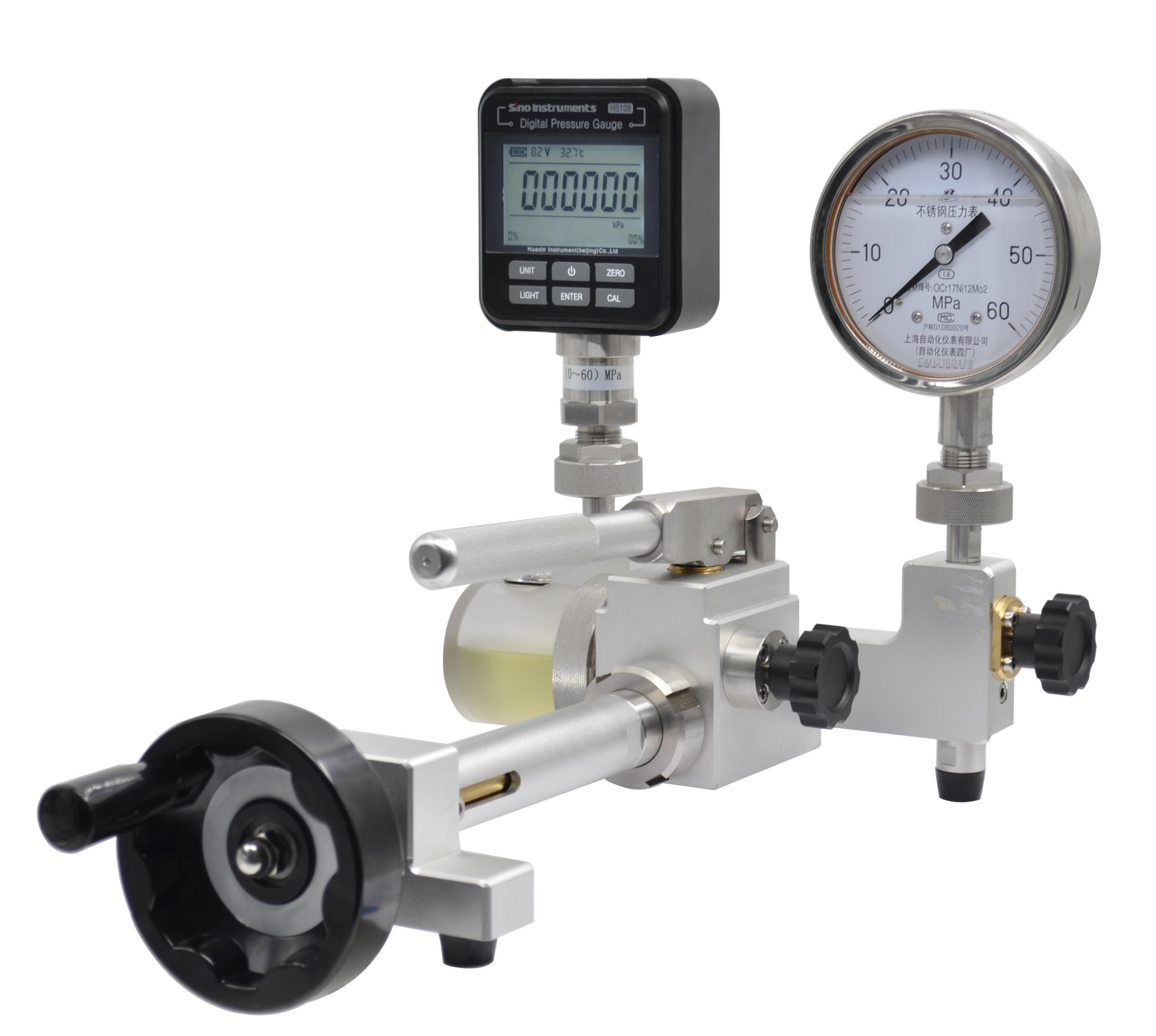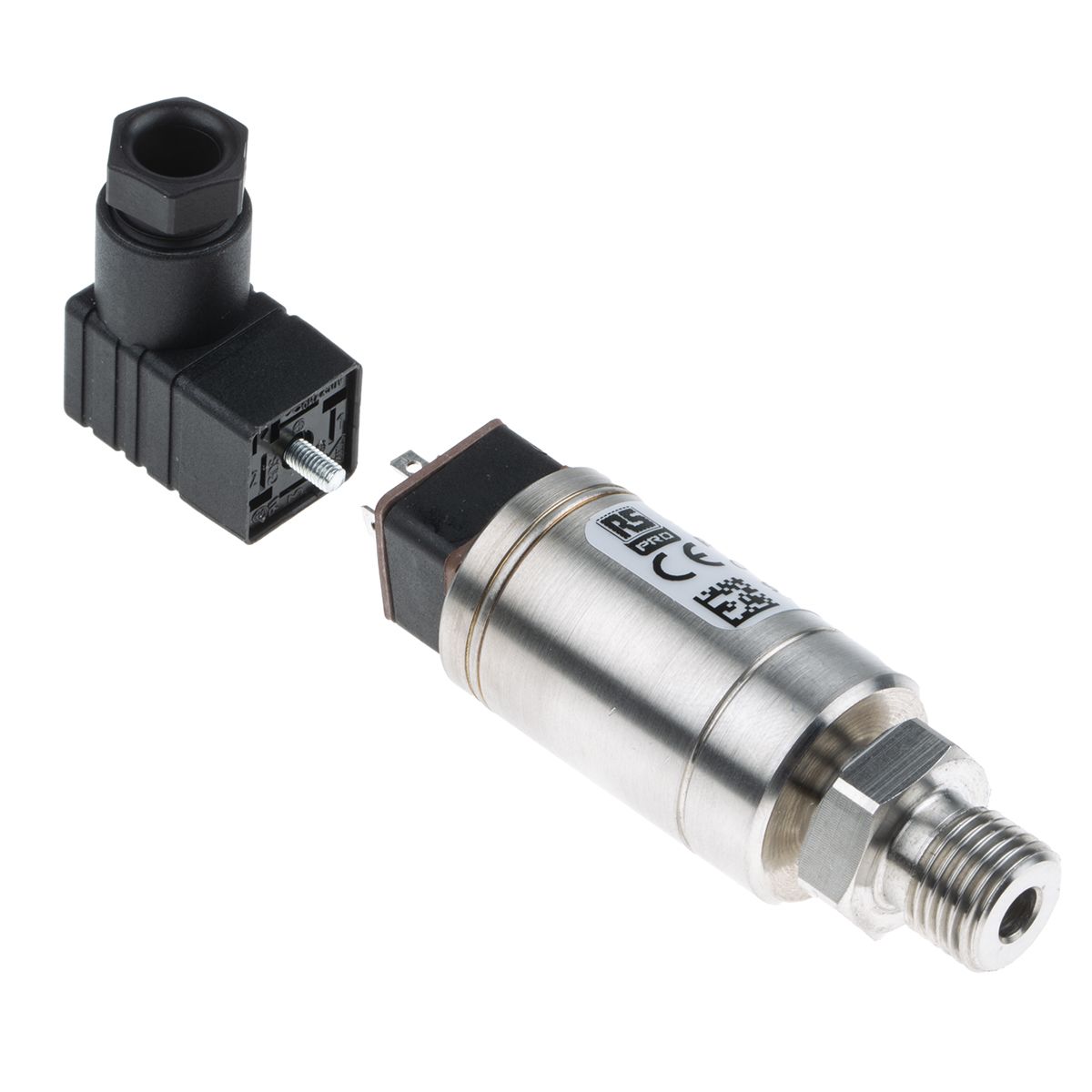5 Things to Consider When Buying Hydraulic Pressure Transducer
5 Things You Must Know Before You Buy A Hydraulic Pressure Transducer.
A hydraulic pressure transducer is a device that makes the entire hydraulic process safe and productive. The hydraulic process typically involves significant pressures and runs a high risk of accidents if the system pressure is not monitored closely.
To reap the maximum benefits of a pressure transducer in your hydraulics application, you must give close consideration to the primary factors of selecting a transducer.
You May Also Read: Water Tank Pressure Transmitter: Common Problems
In this article, we discuss the primary considerations of buying a hydraulic pressure transducer. This article will help you get on the right path when you embark upon a journey of buying one.

Introduction
A pressure transducer is a device that converts mechanical strains into electrical signals and helps in the detection of system pressure.
A hydraulic pressure transducer operates in a hydraulic system and monitors the pressure of the process fluids. It feeds the pressure information that it collects and augments the controller in keeping the essential process variables close to the setpoint.
The pressure transducer consists of a diaphragm. When the system applies pressure on the sensing element of the transducer, the diaphragm deflects. This deflection of the diaphragm causes a change in the capacitance or resistance of the circuit. This change is proportional to the applied pressure. The transducer then transmits it in terms of an electrical signal to the controller.
Most pressure transducers utilize an analog to digital converter (ADC). This converter converts the analog electrical signals into digital signals to display them.
The control system often uses a Programmable logic controller (PLC) or Programmable Automation Controller (PAC), which monitors the transmitter's signals and takes action whenever the pressure deviates from the set point.
The hydraulic pressure transducer measures the hydraulic system's pressure, converts it into electrical signals, and transmits them over to the controller or an ADC to either control the deviating process variable or display the digital readings.
Determining Your Hydraulic Pressure Transmitter Application
This article aims to help you understand the key factors to consider before buying a hydraulic pressure transducer. However, before we get to that, you might want to take a step back and gather some information about your application. To do this, you may ask yourself the following questions:
What Are the Ambient Conditions of My Applications?
For a pressure transducer to work efficiently, you want to employ a transducer made to work under operating conditions like that of your application.
Determine whether your pressure transducer will be exposed to extreme hot or cold temperatures. Look into your system and gauge whether the transducer will have to bear excessive vibration and shocks or be exposed to harsh chemicals during service.
What Are My Application's Performance Requirements?
Some systems necessitate high-pressure accuracy and want to alert the users when there is even a slight variation in system pressure. These systems require a high accuracy pressure transducer.
You may have to trade your transducer's measurement range for accuracy. Most hydraulic systems need high to medium accuracy. However, you would know your system better. Therefore, try and determine how tightly you want to control your process and how accurate you want your transducer.
What Output Signals Would Be Best for My System?
Pressure transducers convert and transmit pressure readings in the form of electrical signals. These electrical signals are generally of three types: mV, amplified Volt, and mA.
Millivolts (mV) output signals usually are better suited for smaller applications where the signal receiver is located close by because these signals are more susceptible to distortion.
Transducers with amplified volt signals are better for small industrial level transmission, but they are too weak compared to mA signals. The Milli Ampere (mA) or current signals are immune to surrounding electrical noise. Therefore, the current output is best for the harsh environment and remote controller locations.
5 Factors to Consider When Getting a Hydraulic Pressure Transducer.
Buying a hydraulic pressure transducer is not as straight forward as buying shoes. You can't just go out into the market and get one that you like best. There are essential factors that need consideration; otherwise, the transducer will fail to produce accurate results.
And for you to consider those factors, you must know the specifics of your applications.
Once you know the answers to the questions mentioned above, you will be armed with sufficient information related to your application. And you can efficiently decide on the five key factors to make an informed buying decision. These five key factors are:
Operating Pressure Range
Determining your application's minimum and maximum pressure is critical when buying a pressure transducer.
Transducer manufacturers design different hydraulic pressure transducers to operate optimally at specific pressure ranges.
If you use a pressure transducer with a range beyond or below your system's pressure range, you might see that the pressure transducer will not perform accurately.
Therefore, to avoid being disappointed with the transducer's inaccurate results, make sure you buy a transducer designed to work in your system's pressure range.
Moreover, you must also ensure that the device has some protection against overpressure. Because the system is not always ideal, and your transmitter may have to withstand some pressure spikes.
If your transmitter's range is not flexible enough to accommodate the pressure spikes, it may fail because of the spikes.
Typically, most devices have overpressure protection of 50% to 200% of the range. Even then, if you expect temporary pressure spikes in your system, you can use pressure snubbers. However, if you expect prolonged overpressure, you may as well use a pressure relief valve.
Accuracy
Accuracy is another significant factor to consider when buying a hydraulic pressure transducer. A hydraulic pressure transducer performs the critical task of keeping your equipment, process, and operators safe. Therefore, you want your pressure transducer to be as accurate as possible.
Three measurement variables define the accuracy of your pressure transmitter. These are hysteresis, linearity, and repeatability.
Linearity is one factor that affects transducers' accuracy the most. It is defined as the deviation of the actual operation curve from the designed operation curve drawn between the minimum and maximum input and their corresponding output.
Your pressure transmitter's actual operation curve must be as close to the design operation curve (or straight line) as possible.
Your hydraulic pressure transmitter's hysteresis is a function of the diaphragm material. Hysteresis in a transducer occurs due to the diaphragm's reluctance to return to its initial position after it has been deflected.
Repeatability is the transmitter's capability of generating the same output signals consistently on the same input pressure. Your transmitter should have high repeatability.
Operating Conditions
Pressure transmitters often operate in very high or very low temperatures. Especially in hydraulic systems, the ambient temperature can lean towards the higher side.
Ideally, a pressure transducer must be independent of temperature. But in actual practice, every pressure transducer has an accuracy component that depends upon pressure.
Therefore, you would know your system's operating temperature would be, so you can get a pressure transmitter that either has a cooling mechanism for high temperatures or insulation against freezing temperatures.
Furthermore, hydraulic pressure sensors have to work under very rough conditions and bear immense shocks and vibration. So, you want your pressure transducer to be resistant to vibrations and shocks.
Measurement Media
Hydraulic systems use mineral oil or water as the system fluid, and your hydraulic pressure transducer will come in frequent contact with it. Make sure it is made of 316 stainless steel or 17-4 stainless steel to withstand the corrosive contact and does not wear out.
Measurement Type
Different types of pressure transmitters use various pressure measurement techniques and measure against other reference pressures. The most common of these types are absolute, differential, and gauge pressure transmitters.
Hydraulic pressure transducers are of two types: Absolute and Differential. If you want to measure the difference in pressure across two points in your system, you may want to get a differential pressure transducer.
However, if you want accurate pressure measurements that are not influenced by the atmospheric pressure and your system is isolated from the atmosphere, consider getting an absolute pressure transducer.
You May Also Read: Water Pressure Transducer: Selecting and Specifying Accelermotors
Conclusion.
A hydraulic pressure transducer or transmitter is a critical component in a hydraulic control system. It makes the process safe and efficient. But to ensure that you get the most out of your pressure transducer, you must get a transducer that is best for your application.
To buy a pressure transducer that aligns perfectly with your system requirements, you must consider some essential factors. These factors include operating pressure and temperature, process media, type of transducer, etc.
For More Information Contact Us Today!

















